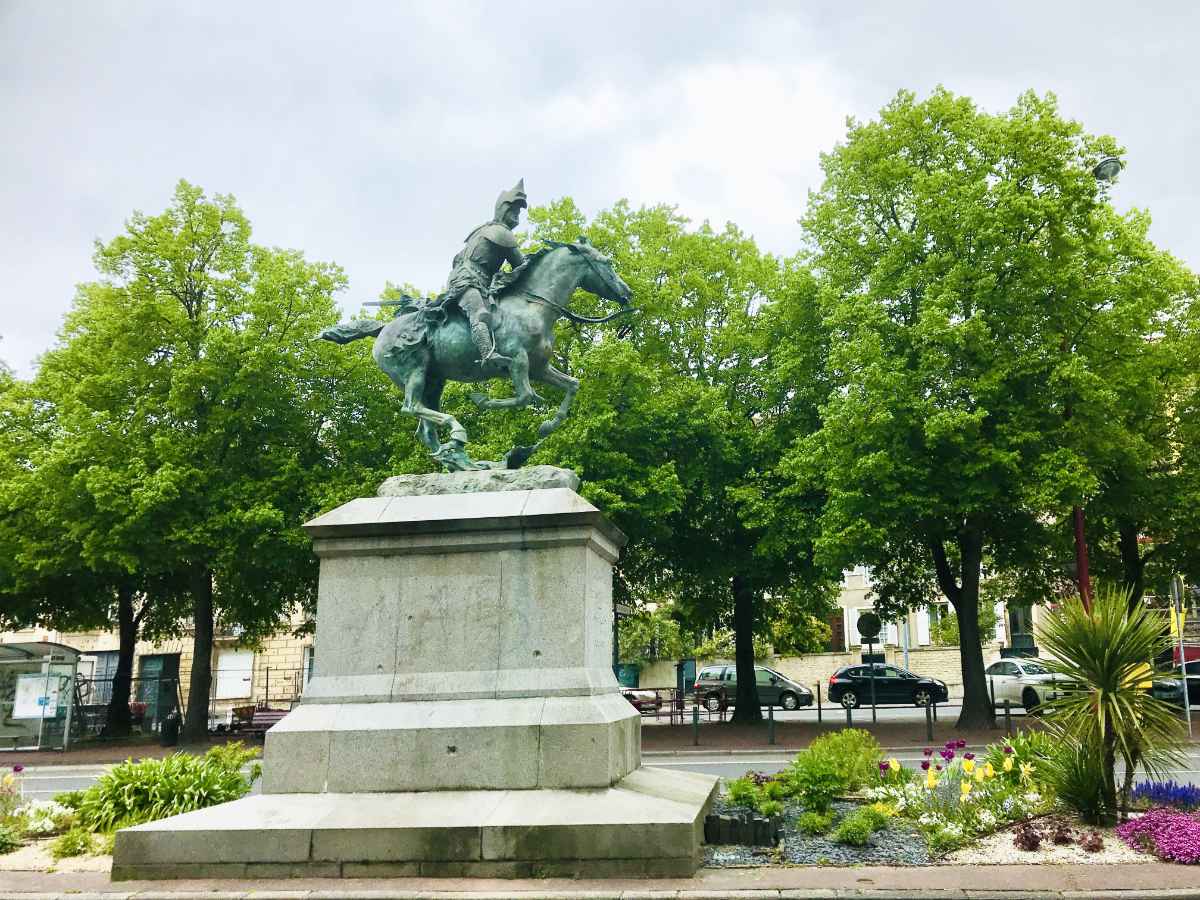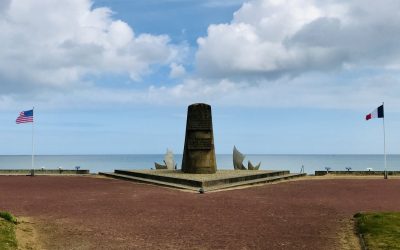William the Conqueror may be best known for the 1066 Battle of Hastings in England and establishing a lasting monarchy there, but the English King’s heart was actually back in France.
It is in Normandy in France where William was born, where he left his loving wife, and indeed where he died. And he probably wouldn’t have recognized the name “William”, as the Norman warrior spoke French and was actually named “Guillaume“.
For French people, it is Guillaume le Conquérant who conquered England and whose descendants to continue to rule as Kings of England, Scotland, Wales, and Northern Ireland, through the House of Windsor.
So let’s get to a few facts about William the Conqueror, aka Guillaume, and his life in France and his impact on England, shall we? Allons-y!
| Quick facts | |
|---|---|
| Birth: | around 1028 in Falaise, Normandy |
| Death: | 9 September 1087 at age 59 in Rouen, Normandy |
| Parents: | Duke Robert I of Normandy and his mistress Herleva |
| Reign: | King of England (25 Dec 1066 – 9 Sept 1087) Duke of Normandy (3 July 1035 – 9 Sept 1087) |
| Marriage and kids: | Matilda of Flanders (1051-1083), 9 children |
| Famous for: | Conquering England in 1066 AD |
| Buried in: | Caen, France |
1. He is descended from Vikings.
In early days, when the Gauls and the Franks dominated French history, Viking raids from the North were common, along the French coastline
One of William’s ancestors, Rollo of the Vikings became the 1st ruler of Normandy. Rollo was William’s great-great-great grandfather, establishing the House of Normandy and the Duchy of Normandy that William descended from

Such was the importance of Rollo, that his body was buried in Rouen in a cathedral consecrated in 1063 in the presence of William, three years before he went off to England.
2. He was the bastard son of Duke.
Born around 1028 AD, William was never meant to be a Duke. His father Robert was the younger son in the House of Normandy, and was not meant to be Duke either.
In addition, William was born a bastard, as his mother Herleva was a low-born daughter of a tanner and did not marry William’s father.
In due course however, William’s father Robert would become Duke of Normandy when his older brother died (or was poisoned). And William would inherit his duchy as he was the only son, bastard or not.
William would have to work hard to establish his legitimacy and consolidate power, with the support of the French kings at the time, to whom he owed fealty.
3. He married his cousin Mathilde.
One of the ways to consolidate power at the time was through marriage. William wanted to marry the daughter of the Count of Flanders, who was his third-cousin once removed.
Flanders was of great strategic importance to England as a foothold into the continent, and the lands were near the Duchy of Normandy.
Legend has it that Mathilde of Flanders was not initially swept away by William’s marriage proposal and refused. As the tale goes, apparently he laid in waiting for her on her way to church, and pulled her off her horse by her long hair.
As a mating ritual this may seem rather strange, but Mathilde changed her mind and refused to marry anyone else except William. Even the Pope in Rome got involved, invoking a ban on the marriage on the grounds that they were too closely related to each other.
William and Mathilde prevailed however, with the happy couple getting married in 1051.

As repentance from the Catholic Church, William had ordered the construction of the two abbeys in Caen in Normandy, the Abbaye aux Hommes (for Men) and Abbaye aux Dames (for Women). They remain among the most famous churches in France today.
4. He had at least 9 children.
William and Mathilde had a happy marriage, producing 9 children. As historians’ recount, William the Conqueror did not have any illegitimate children outside of his marriage.
This is evidentially used as proof of this given the amount of time he and his wife were separated while he was off conquering and stabilizing different parts of his fiefdoms. His children with Mathilde included:
- Robert, Duke of Normandy.
- Richard, died at 19.
- William II, King of England.
- Henry I, King of England.
- Adeliza, a nun of Saint Léger at Préaux.
- Cecilia, Abbess of Holy Trinity, Caen.
- Matilda, died at 25.
- Constance, married Alan IV, Duke of Brittany.
- Adela, married Stephen, Count of Blois.
5. He was named successor to King Edward the Confessor.
William became Duke of Normandy on 3 July 1035 upon the death of his father. In addition, while William (aka Guillaume ) and Mathilde were busy having kids, over in England, King Edward the Confessor was looking for an heir.
Edward was his first cousin once removed and was childless. There were other potential successors vying for the throne and plenty of infighting. But Edward had seemingly chosen William as his heir, as he was the grandson of Edward’s maternal uncle, Richard II of Normandy.
6. William and Harold fought on the same side in the Battle of Dinan.
William and Harold were not always rivals. When the Duchy of Brittany (next door to Normandy) waged war, William and Harold were on the same side.
During the Battle of Dinan which occurred in 1065, King Harold supported Duke William against Duke Conan of Brittany. William won and the battle is recalled in the Bayeux Tapestry
7. A last minute change and King Harold Godwinson.
However, when actually on his deathbed, King Edward changed his mind and instead named a powerful lord named Harold (who was actually in England with his army), rather than William who was still in Normandy.
Harold was the son of Godwin, Earl of Wessex, a member of the most formidable families in England. And Harold happened to be Edward’s brother-in-law, since King Edward was married to his sister, Edith.
It is not actually clear if Edward voluntarily changed his mind, or if Harold just seized the throne. Either way, in January 1066, Harold became King Harold II of England.
8. The Battle of Hastings lasted from 9am to dusk on 14 October 1066.
The stage was set for the Battle of Hastings. William, the Duke of Normandy, and his army head off across the English Channel in 1066 to fight King Harold, who has already been crowned in Edward’s new Westminster Abbey in London.
William landed his invasion forces in the south of England on 28 September 1066, forcing Harold to move his army south and come to him.
The battle lasted from about 9 am to dusk on October 14, 1066. By day’s end, Harold was dead and William declared himself King of England.
And hence was born the legend of Guillaume le Conquerant, anglicised into William the Conqueror.
9. He was crowned King of England on Christmas day 1066.
There continued to be some resistance and rebellion to the new King of England. Harold was the last Anglo-Saxon King, and the anglo-saxons did not appreciate this new Norman King.
Nonetheless, William managed to consolidate his power and march his army to London. He was crowned King of England on Christmas day, 1066 in Westminster Abbey, just like his predecessor.

10. He spoke French.
William shaped much of England, eventually the rest of the countries who would speak English.
He himself didn’t speak much English so the language of the Royal court in England became French. It is a tradition that his descendants continued for centuries. As such, approximately 45% of words in English are rooted in French.
11. He created the Domesday book.
Once William became King of England, he set about establishing a system of government, laws, and taxation to be integrated into the Anglo-saxon territory.
Along with many aspects of Norman law, he created the Domesday Book which was in effect a land survey noting who owned what and what taxes they owed on that property. This way he could reward his followers by redistributing lands, quell unrest, and assign a value to each asset.
12. His wife managed the Duchy of Normandy.
After the conquest, William didn’t just stay in England. His wife and many of his younger children remained in France, while William was busy fighting off English nobles who wanted his throne.
Mathilde was an intelligent woman, who managed much of the affairs of the Duchy of Normandy when William was away and also taking matters into her own hands, when in London.
William went back and forth across the English Channel (La Manche in French) several times throughout the rest of his years. .
Caen was not the capital of the Duchy of Normandy when William became Duke. However, it is located 9 miles (15 km) inland from the English Channel, making it a good base for him and his family to go back and forth from his Duchy to his new kingdom.
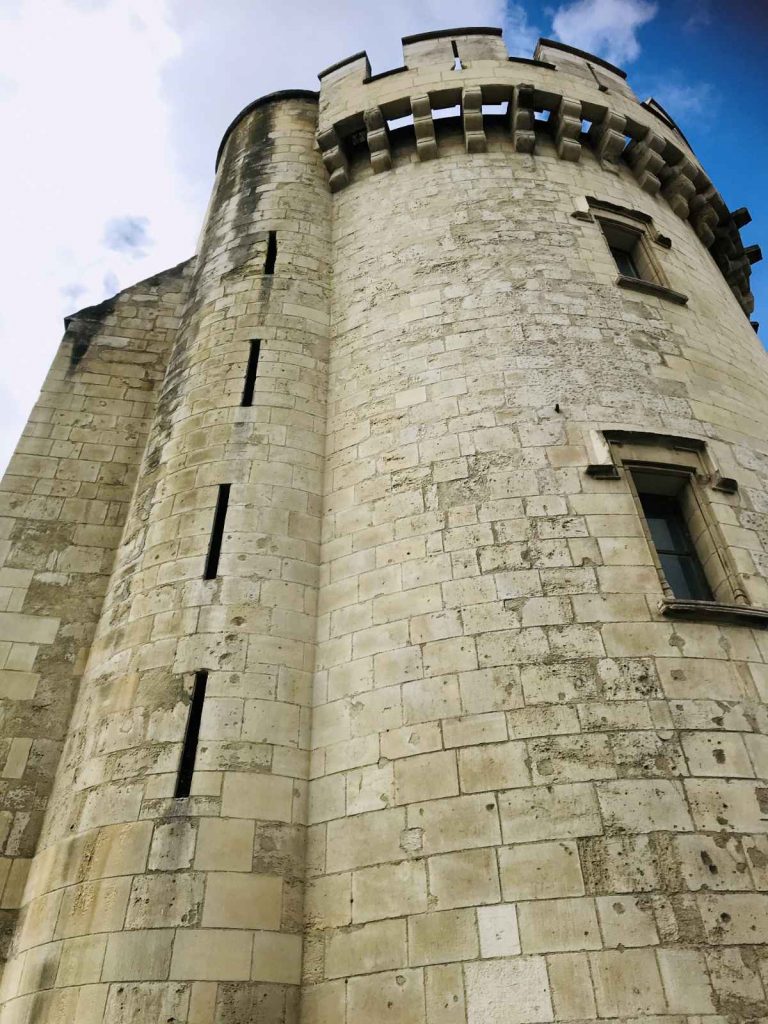
He built the enormous Château de Caen in the city, putting the city on the map and making it the capital. Interestingly, the Château is built from Caen stone, which is the same stone that he used to build the Tower of London in England.
13. His half-brother commissioned the Bayeux tapestry for him.
William’s mother may have been a poor commoner, but that didn’t mean William was prepared to cast his maternal family aside once he was Duke of Normandy and King of England.
He elevated his half-brother Odo to the position of Earl of Kent in England and the Bishop of Bayeux in France. It was Odo who would commission the Bayeux Tapestry, to tell the story of William the Conqueror’s invasion of England.
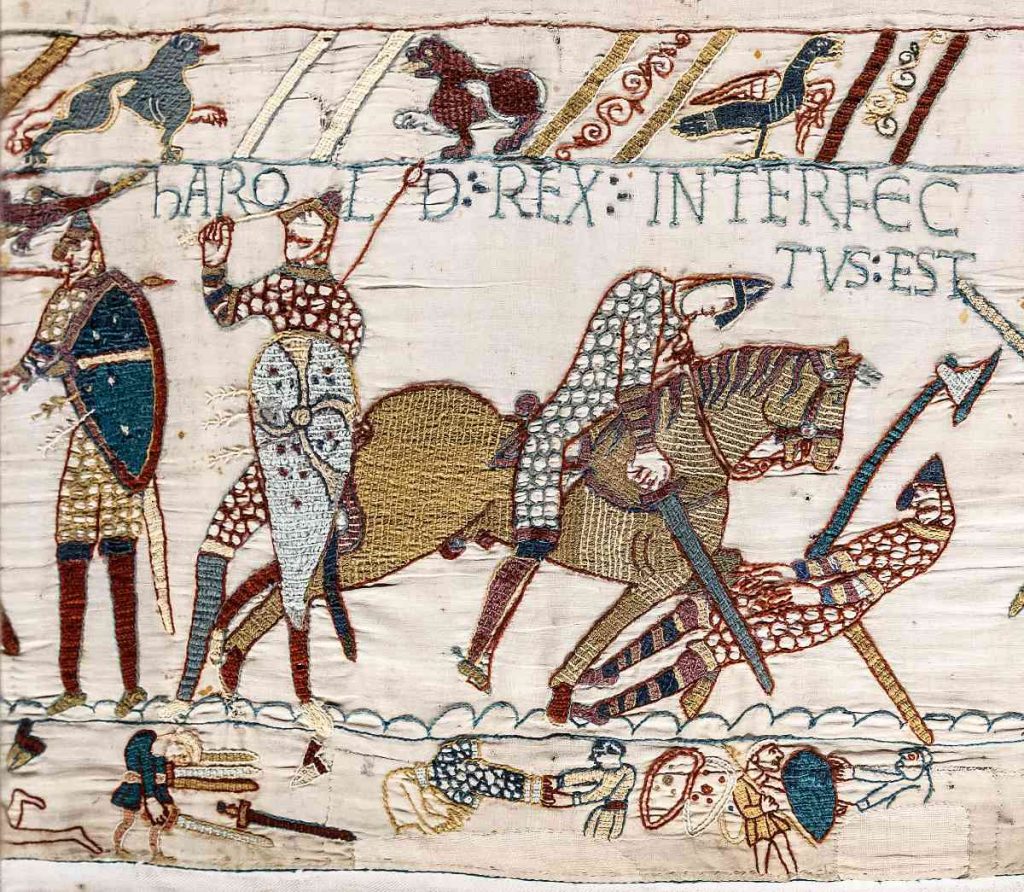
It is an exquisitely stitched medieval tapestry made of a large embroidered cloth nearly 70 metres long and 50 centimetres high. It depicts the events leading up to the Norman conquest of England, culminating in the Battle of Hastings and the death of King Harold II of England in 1066.

It is believed to have been made specifically for the Cathedral in Bayeux which was commissioned by William the Conqueror to celebrate his victory.
With a competition between the other great cathedrals being built around France during this era, it is known that William the Conqueror himself, along with his wife and family, was present at its consecration on July 14, 1077.
14. He was very sad when his wife died.
Matilda and William had a relatively happy family life together. She was deeply invested in her children’s well-being, with all her children known for being remarkably educated. This included tutoring her daughters in languages, literature, and arts, at a time when education of noblewomen was not considered necessary.
Matilda died 4 years before William, in 1083. Upon hearing of her death, he swore to give up his favorite sport of hunting as an expression of his grief. He would never remarry.
15. He died in battle in 1087 in France.
William died in 1087, after leading an expedition near Mantes-la-Jolie (today a suburb of Paris). He fell ill while in the saddle, and is thought to have fallen off and died.
William was a rather large man with gout trouble, and his stomach is said to have exploded during the funeral, leading to an awful stench.
16. His tomb is buried in Caen in France.
He was brought back to Caen and buried in the Abbaye aux Hommes (Abbaye to Men) that he constructed.

While William the Conqueror’s tomb lies in the Abbaye aux Hommes, his wife Mathilde lies in the Abbaye aux Dames, paying penance for having married against the rules of consanguinity.
17. His will didn’t work out as he planned.
William left Normandy to Robert the oldest son, demonstrating what he considered to be the bigger prize. The custody of England was given to William’s second surviving son, also called William, on the assumption that he would become king. The youngest son, Henry, received money.
However, Henry would get his revenge. After William (the son) died in a hunting accident, Henry seized the English throne becoming King Henry I of England. He then went to war with his older brother Robert, and seized Normandy as well.
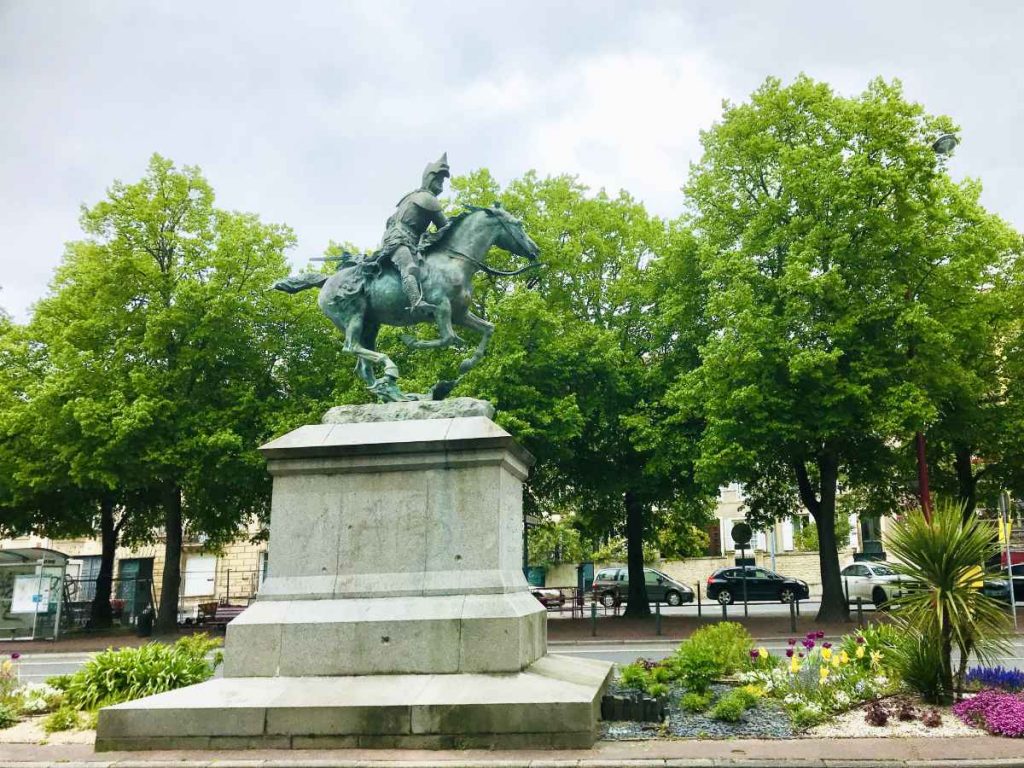
18. His granddaughter married a Plantagenet.
Contrary to popular belief, William the Conqueror was not from the House of Plantagenet, but from the House of Normandy.
It was William’s son, Henry I who married his daughter to Geoffrey, Count of Anjou in France. The name “Plantagenet” was taken from Geoffrey’s epithet.
Mathilda and Stephen of Blois (another grandson of William) would fight many battles for the English throne, with Mathilda’s descendants prevailing. Matilda’s son went on to become Henry II of England and thus the 1st Plantagenet King.
(Henry II married Eleanor of Aquitaine, another Frenchwoman, making the English throne quite French!)
19. His descendants sit on the thrones of Europe
Many of William’s descendants continued to speak French rather than English, with the motto of the English monarch becoming:
Dieu et mon droit
French-English translation: God and my right
From the Plantagenets, Tudors, and Stuarts, on down, William’s descendants would go to intermarry for several generations with the French royal house. This would lead to many wars and conflicts as they each tried to assert their rights to the other’s throne.
If that wasn’t enough, his direct descendent British Queen Victoria married off her nine children into each of the Royal houses of Europe, adding to William’s progeny propagating across the continent.
The end result is that each of the royal houses of Europe has some connection to William, including the current House of Windsor.

If you enjoyed that article, you can read more fun quotes about the age-old rivalry between the British and French here. A bientôt!
